The Fatal Four are the four most common causes of death in the construction industry, according to OSHA. At the top of this list are falls, accounting for nearly 40% of all construction fatal injuries. Proper safety rails and equipment are essential to secure your roofing site and protect your workers. Ladders are one of the most commonly used tools on a construction site, but they can also be one of the most dangerous. To use them as safely as possible, OSHA has set standards for how high ladders can be climbed, the toe clearance distance, the angle at which they should be set, and other important measures. In this blog, we will discuss the OSHA requirements for ladders in construction for fall protection and how Atlantic Equipment can help with our wide range of safety equipment and expert advice.
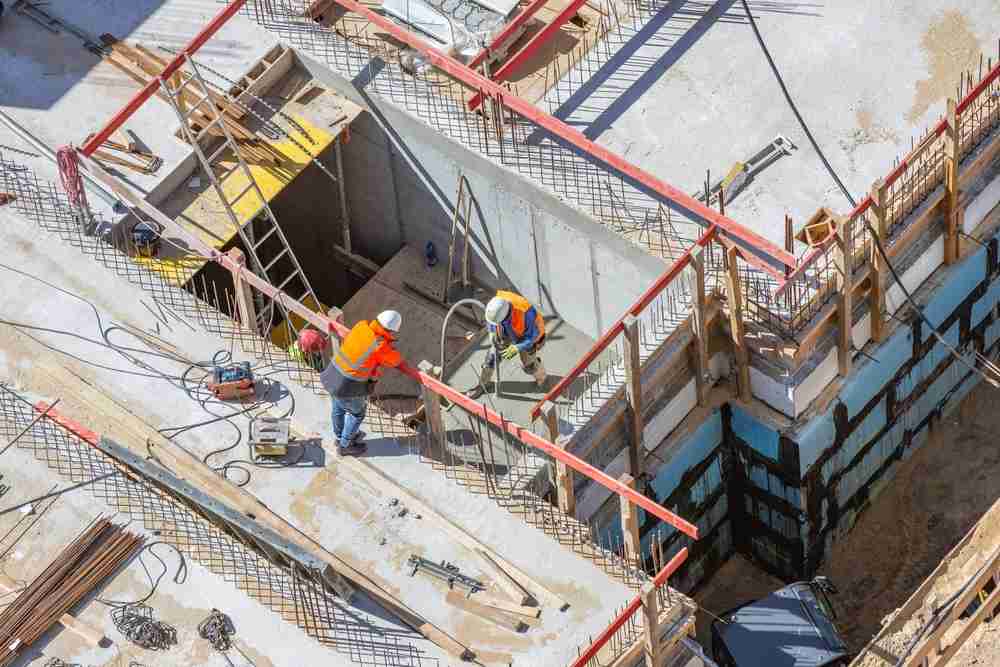
What is the OSHA Fatal Four?
OSHA refers to the four most common causes of fatal injuries in the construction industry as the Fatal Four. These include:
- Falls
- Struck-by object accidents
- Electrocutions
- Caught-in & in-between incidents
As listed, falls are the top cause of construction worker fatalities. The amount of fall-related fatalities can be significantly reduced by installing safety rails, fitting workers with fall arrest kits, properly securing ladders, and following other guidelines.
What Angle Should Ladders Be Placed on a Construction Site?
According to OSHA, fixed ladders must be angled at no more than 90 degrees. This measurement should be taken from the back side of the ladder to the ground.
How Far Should the Base of the Ladder Be from the Wall on a Construction Site?
OSHA requires ladders to use a 4 to 1 ratio of height to base distance. This means that for every four feet of ladder height, the base should be placed one foot away from the wall or structure it is leaning against.
Is It Allowed to Stand on the Top Rung to Reach Something on a Construction Site?
When referring to the top rung, this is the very top step of the ladder. For portable ladders, this may be a flat platform or step. OSHA prohibits workers from standing on the top rung of any ladder since they are not built to withstand the weight of the average adult. Workers must stand at the next-to-top step or lower when using a ladder.
How Tall Can a Ladder Be Extended for Safe Use During Construction?
If you are working on a rooftop or at a high height, ladders can be extremely useful for safe reaching. Many ladders are built with an extendable feature, allowing them to be used at various heights. Depending on the specific ladder and its manufacturer, OSHA allows ladders to be extended 36 inches above the top rung. This extension should be safely secured to ensure stability during use.
Important Safety Measures & Protocols When Using a Ladder During Construction
Whether you are working on an indoor or outdoor construction site, it is important to follow safety measures and protocols when using ladders. Some of the most important measures to keep in mind are:
- Inspect the ladder fully before each use to check for any potential damage. Broken rungs or loose screws can cause the ladder to become unstable.
- Always place the base of the ladder on a flat, level surface. Avoid placing it on uneven ground, such as gravel, or slippery surfaces.
- Always have a spotter when using a ladder, especially when working at tall heights. When using a portable ladder, these spotters should also be trained to secure the ladder as needed.
- Do not carry heavy objects or equipment while climbing a ladder. Use a pulley system or have another worker assist with moving items.
Contact Atlantic Equipment to Learn About Ladder Safety & Get Pricing Information on Construction Safety Equipment in Massachusetts, Florida, Maryland, New York, & More!
While following safety measures can greatly reduce the amount of falls and accidents, having the right equipment for the job is also important. At Atlantic Equipment, we offer a wide range of construction safety equipment, including ladder spanners, safety rail systems, roof hatch protection, and more to protect your workers and your site. With locations across the East Coast, including in Florida, New York, Maryland, and Massachusetts, and delivery options available, we can get you what you need where you need it! To learn more and view our full selection, visit us online or call us at 800-543-3350.

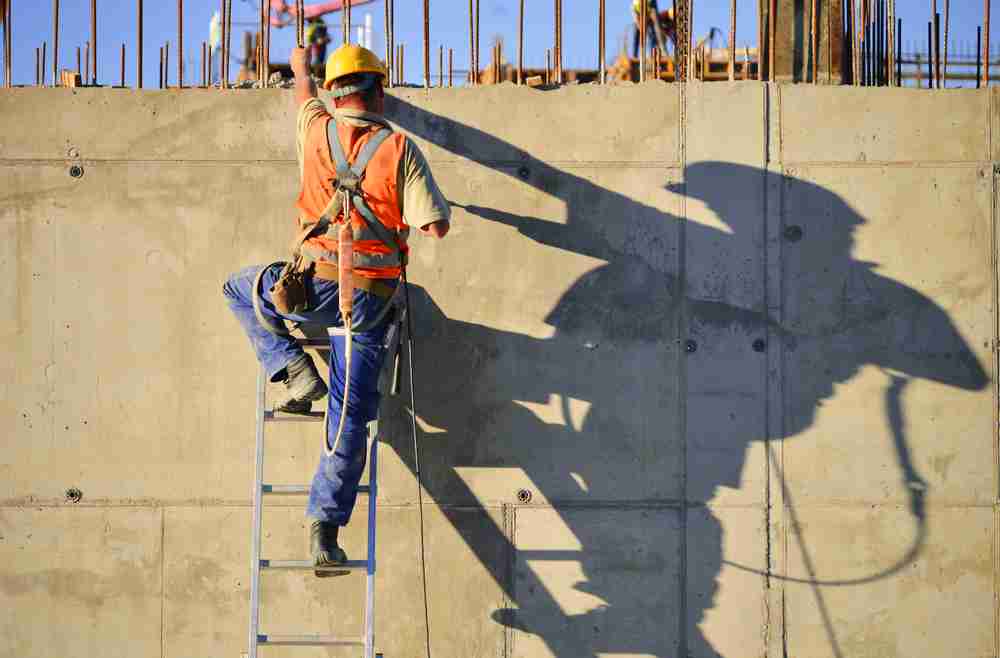
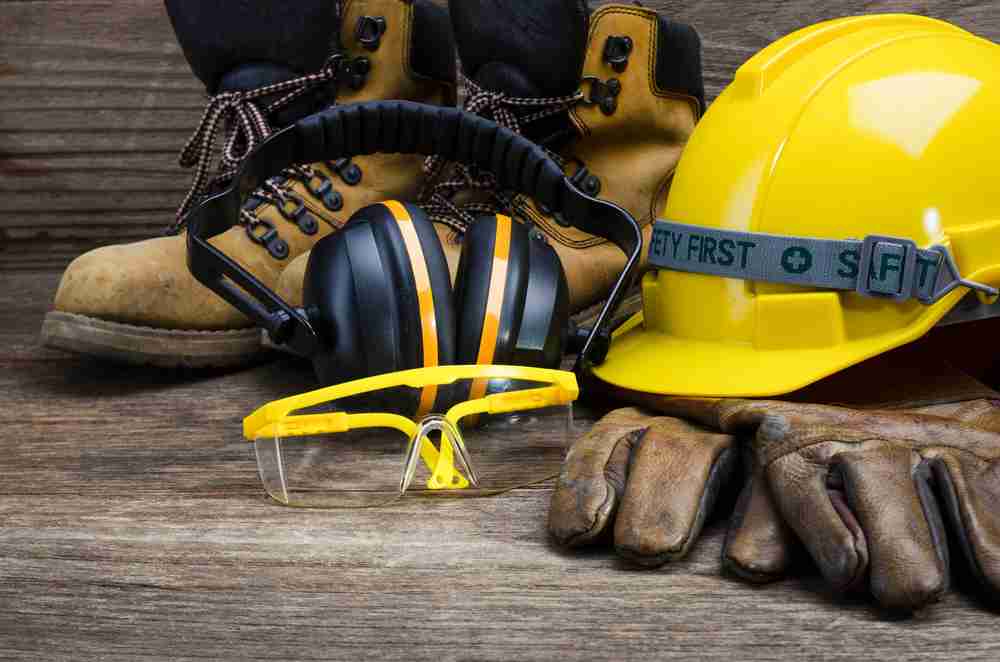

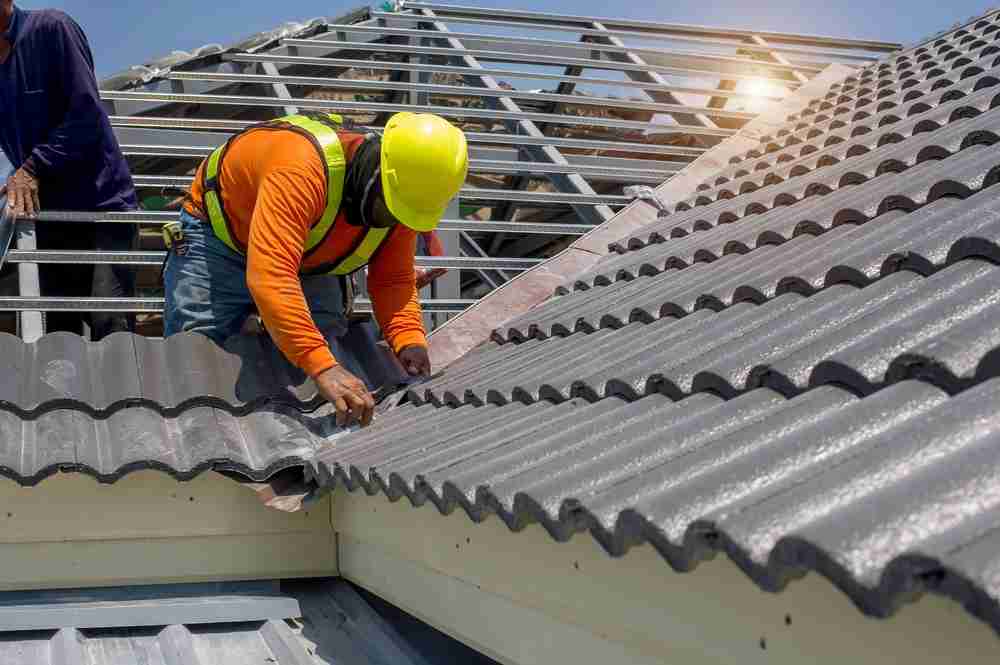
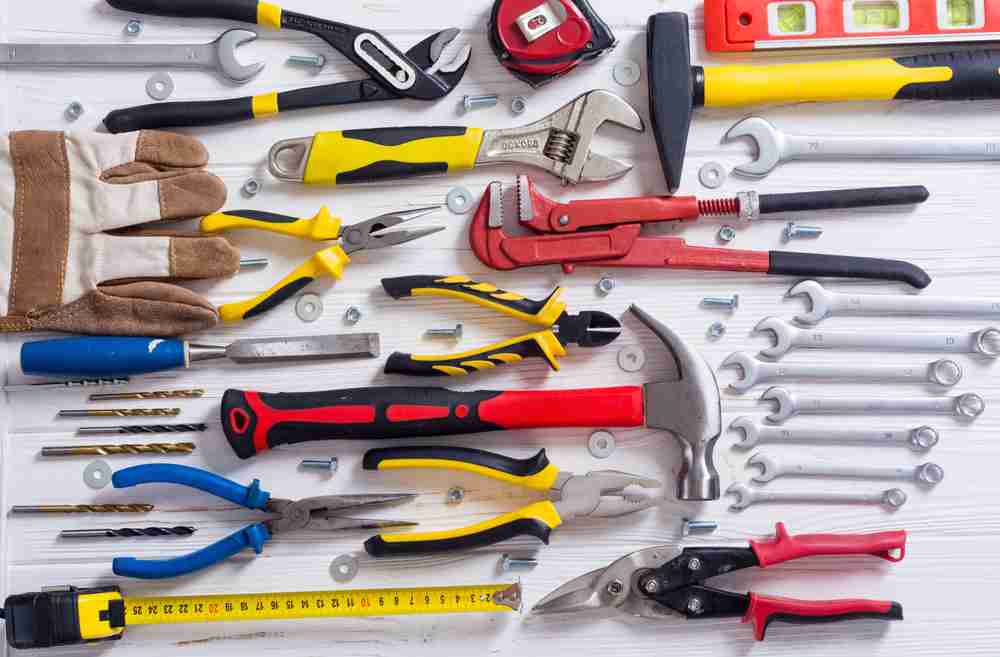


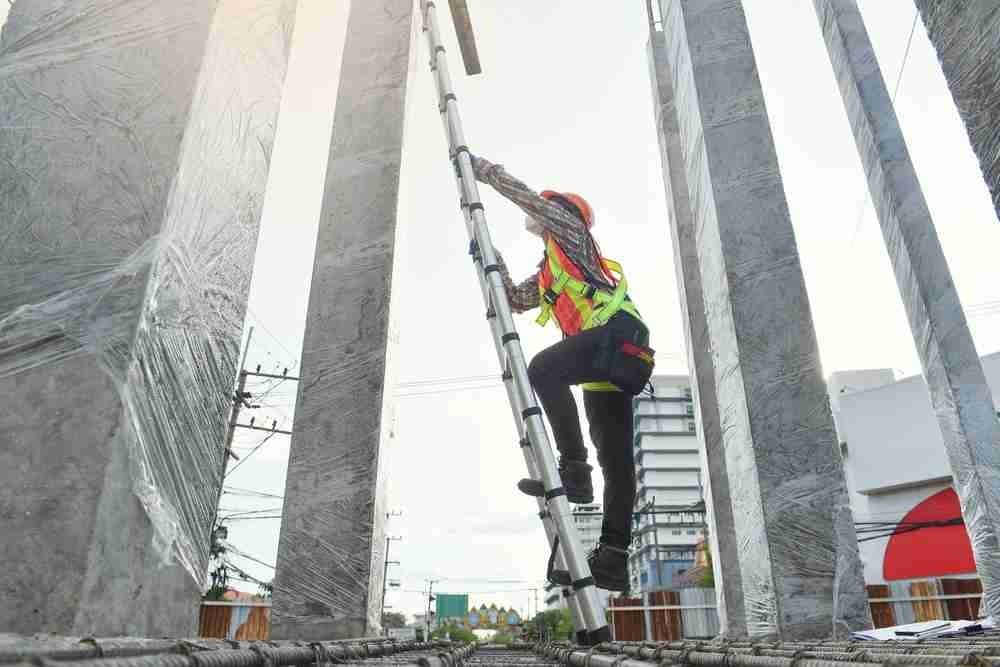
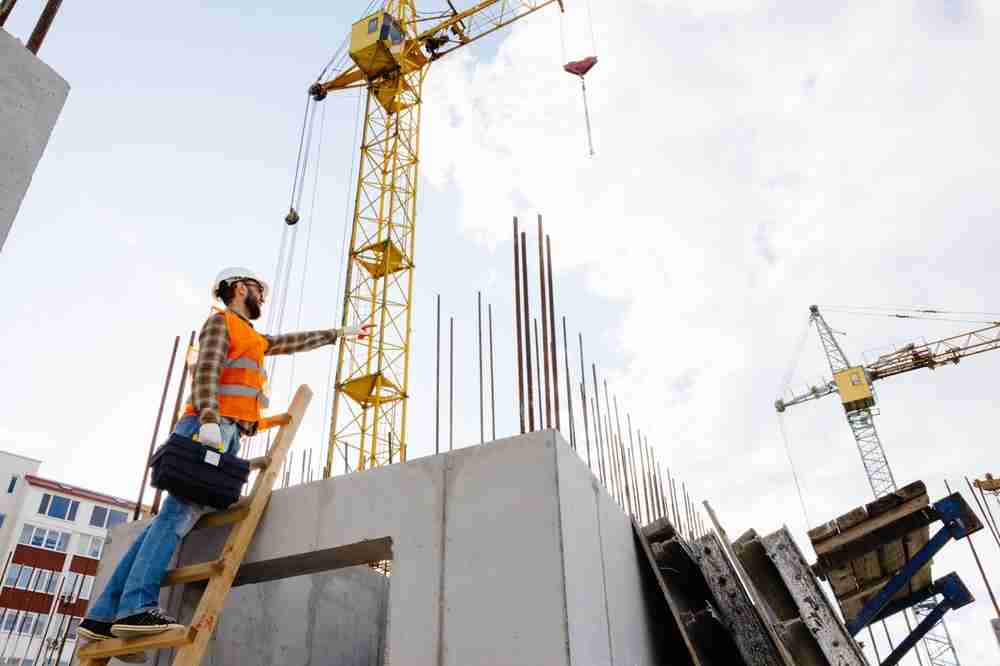
It offers clear guidance essential for ensuring safety on construction sites. Thank You.
Thank you for the detailed explanation. Cleared up many doubts!